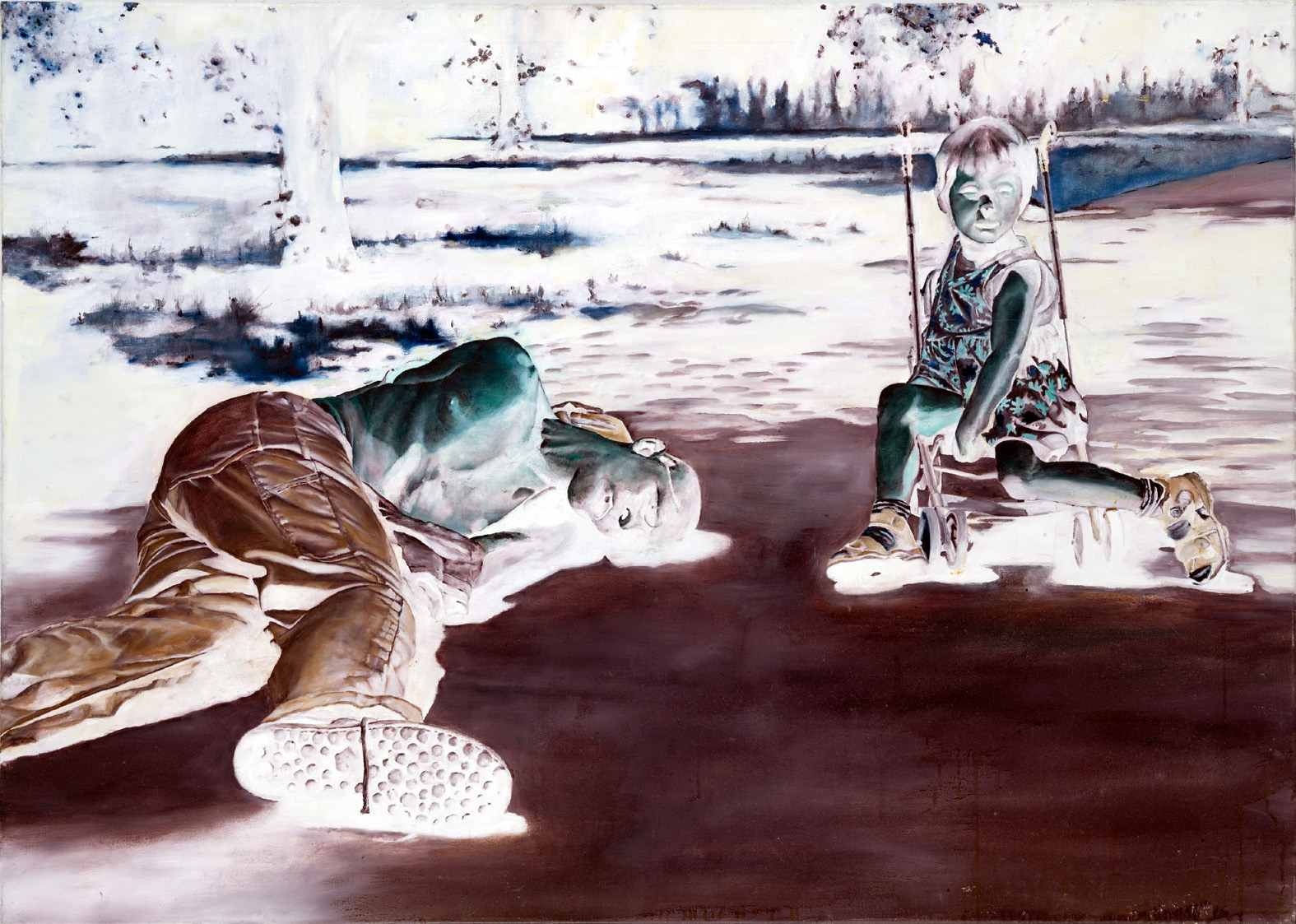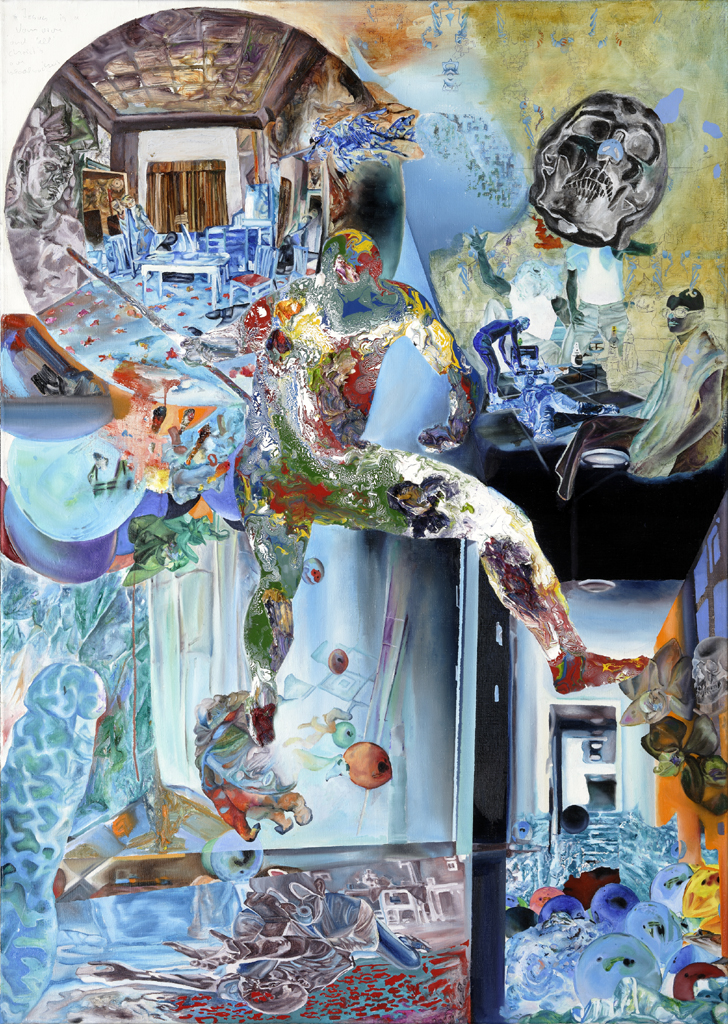What's The Significance Of Concept Art, Painting, And Postimages In Berlin Between 2001 To 2002?
The significance and influence of conceptual artwork in terms of painting and postimage in Berlin in the year 2001 is multi-faceted and vast, highlighting the city's vibrant artistic scene and unique historical and social context. Here are a few reasons conceptual art in Berlin around 2001 had a special significance: Reunification, Transformation.
Berlin continues to redefine its own identity following the 1990 reunification. The city was experiencing an enormous transformation, both physically and mentally, as it emerged in the shadows of the Berlin Wall.
Berlin's conceptual art in the year 2001 was an expression of the time of change and change, focusing on issues like the concept of identity, memory and the changing as a response to the shifting cultural and social landscape.
Innovative Artistic Experimentation and Innovation:
Berlin's long tradition of artistic innovation and experimentation began in the early twentieth century, including movements like Dadaism as well as Bauhaus. Berlin's status as being a melting pot culture attracted artists from across the globe.
Berlin's conceptual art in the year 2001 explored new approaches to materials, concepts, and methods to create art.
Cultural Exchange and Dialog:
Berlin in the period of 2001 was a hub of cultural exchange and dialogue, with artists from different backgrounds coming together to study innovative ideas and strategies. The diverse and vibrant artistic community of Berlin was a fertile environment for the development and production of conceptual art that dealt with social, political and culture concerns.
The "China Facing Reality", Berlin 2001 exhibition that featured Ai Weiwei's "Berlin 2001" as well as other works, was an important event that brought together Chinese and German artists to investigate themes related to globalization. Urbanization, cultural identity and identity, etc.
Social and Political Commentary
Berlin’s conceptual art in the first decade of 2000 was a space for social and political criticism. The work addressed topics like urbanization globalization cultural identity, and the legacy of the Cold War.
Artists used painting and afterimage techniques to create stunning, visually striking and emotionally powerful artworks that challenged conventional modes of interpretation and perception, inviting viewers to reconsider their beliefs about reality and the world around them.
Global Impact
Berlin's vibrant, dynamic art scene attracted artists from all over the world to create art that was conceptual. Berlin's reputation as a center of creative experimentation and creativity has helped to elevate conceptual art, and its place within the art world of today.
As a summation conceptual paintings and afterimages created in Berlin in the year 2001 were significant because they reflected the vibrant art scene of the city and their pursuit of pressing political and social issues, as well as their impact on the international arts scene. By pushing the boundaries of traditional art forms and experimenting with new approaches and ideas artists in Berlin in the year 2001 produced a body of work that resonates with viewers today, highlighting the city's unique historical and social background and its lasting legacy as a center of creative innovation and artistic excellence. Check out the recommended click here on artistic prints for more examples including modern of museum art, contemporary art art, artist contemporary art, artwork web, paintings about art, artwork and paintings, artwork photography, artist website, art art hand, a contemporary artist and more.

Image courtesy of artists-anonymous.co.uk. Please visit
What Are Your Thoughts On The Interpretation And Perception Of The Afterimage As Well As Painting Conceptual Art?
The evaluation of the perception and interpretation of conceptual and painting artwork requires examining how the artwork entices viewers to reflect and engage differently, challenging conventional modes of perception and interpretation. The following criteria to judge this aspect: Multilayered Experience
The concept art of painting and afterimage offers viewers a multilayered experience that stimulates the feelings, senses, and brain. The artwork offers a vibrant and immersive visual experience that is created through the use of elements like texture, color as well as optical and light effects.
When you are evaluating the perception and interpretation of an art work, you should consider the multiple layers of experiences that guide viewers in meaningful ways to engage with the artwork. This can lead them to explore the hidden layers and meaning.
Active Engagement
The concept art of painting afterimages invites viewers to actively engage with it instead of just passively watching it. Through the creation of optical impressions that remain even after the stimulus is removed, the artwork invites viewers to explore the depths of its art. They are able to uncover hidden patterns and messages.
The process of assessing the perception and interpretation of the artwork involves considering how this active engagement encourages viewers to reflect on their own perceptions, assumptions and assumptions, causing them to question their understanding of the world around them.
Challenge traditional perceptions and modes of thinking:
Conceptual art that is painted and painted afterimage challenge conventional methods by creating visual distortions. Through manipulating form, color and light, the artwork blurs boundaries between the real world and the imaginary, prompting viewers and viewers to question their beliefs and assumptions.
In order to assess the interpretation and perception of an art work it is important to consider the ways in which the visual distortions or illusions challenge conventional modes of perception. They inspire viewers to take an open and flexible view of the world.
Encourage reflection and contemplation
Conceptual artworks that paint afterimages invite viewers to think, reflect and consider the artwork and its meaning. By creating visual effects in the viewers' minds, the artwork invites viewers to consider the nature of perception as well as memory.
In order to evaluate the meaning and perception of an artwork it is essential to consider how the visual effects prompt viewers to think about their own perceptions and experiences. This can encourage them to look at different perspectives.
Promotion of Dialogue and Discourse:
Conceptual art that is painted and afterimage promotes dialogue and discourse by provoking debates and discussions about its meaning and significance. The art encourages viewers to express their opinions, share their experiences, and to interpret the work using visual effects that challenge conventional modes of perception.
Assessing the perception and interpretation of an artwork requires considering how these debates and discussions contribute to a deeper understanding of the artwork and the impact it has on viewers.
Afterimage and conceptual art can encourage viewers, with an experience that is multi-layered, to be engaged and reflect on the world in a different way. This is because it challenges the traditional modes of perception and interpretation. By actively engaging the artwork viewers are enticed to discover the hidden deepest parts of it, challenge their assumptions, and look at alternative perspectives. View the top rated her explanation for blog recommendations including art installation, contemporary art, britain artist, eye art, art uk, art techniques, art techniques, lúcifer painting, picture and art, art poster and more.

Image courtesy of artists-anonymous.co.uk. Please visit
What Is The Best Way To Measure Viewer's Engagement With Conceptual Paintings As Well As Painting Sequel Images?
This involves evaluating how the work engages the viewer and prompts thought, dialogue and challenges assumptions. Here's how you can assess the impact of this artwork: Interactive Elements:
Find any interactive components within the artwork that encourage viewer participation. There are many ways to incorporate afterimages, optical illusions, or hidden messages, as well as interactive elements that encourage viewers to engage physically with the artwork.
Think about how these interactive elements stimulate the curiosity of the viewer and inspire them to explore the artwork deeper.
Inspiring Reflection and Thought:
Reflect on how it stimulates the audience to think and think. Think about how the artwork can prompt viewers' assumptions, beliefs and preconceived notions about the world that surround them to be reexamined.
Make sure you pay attention to any elements of the artwork which challenge conventional modes of perception or interpretation.
Encouragement of Dialogue and Discourse
Consider how the work encourages discussion and dialogue among its audience. Examine how it inspires discussions and debates over its significance, meaning, and the impact.
Reflect on how an artwork provides a platform for dialogue and ideas exchange, and fosters a feeling of community among the audience.
Challenge Preconceived Ideas:
Consider how it challenges the beliefs of the viewer. Consider how it presents new perspectives and ideas that may challenge the viewer's understanding of reality.
The attention is paid to the cultural and political commentary that is embedded in artwork. It makes viewers question the status quo, and to consider alternative perspectives.
Impact on Viewer's Experience
Consider how the artwork's viewer engagement impacts the viewer experience. Examine how the artwork engages the viewers' senses, their emotional states, and their brains and stimulates reflection on their own experiences.
Take a look at how this art piece can spark discussion and debate on crucial issues of society and culture. It also encourages the viewer to consider different perspectives.
Analyzing the level of engagement with an audience in conceptual and painting artworks is about examining the ways in which the artwork stimulates dialog and challenges preconceived notions. We can gain a better understanding of the significance of the work and its significance in the context of contemporary art by interacting with it in this way.
Comments on “Good Tips To Selecting Conceptual Artistic Prints”